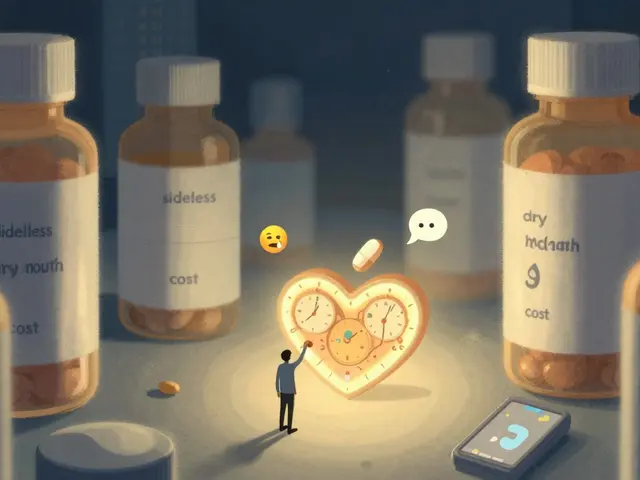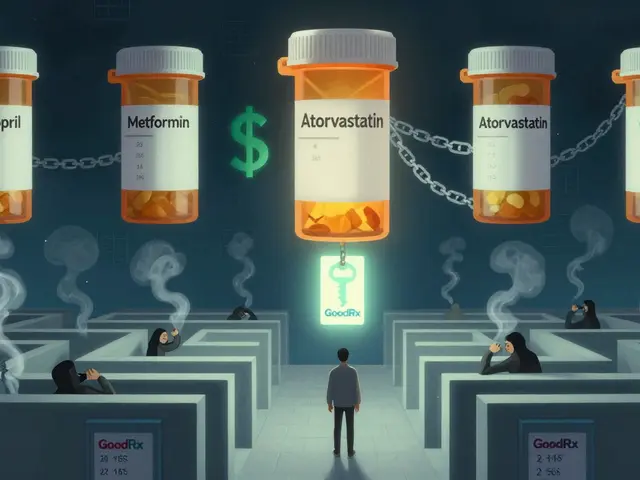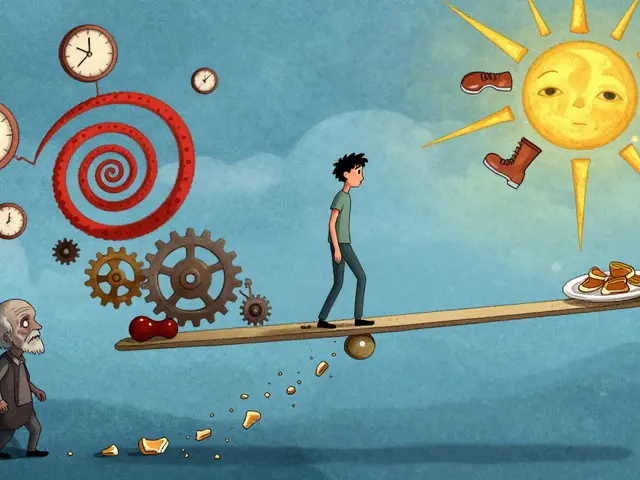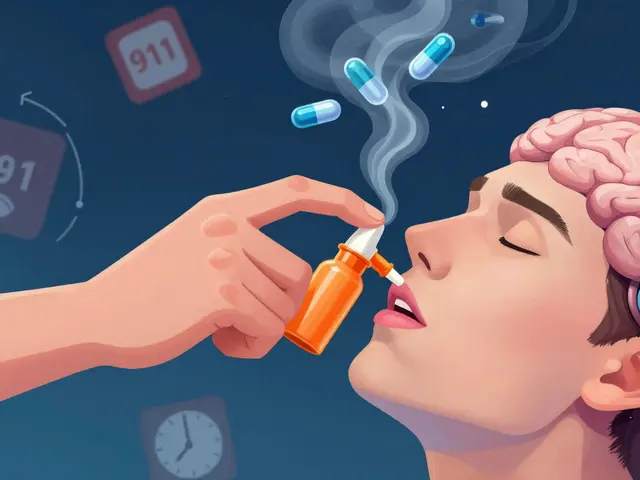Hair treatment: practical options that work
About half of men show visible hair loss by age 50, and women aren’t far behind. If your hair is thinning or falling out, you need clear, realistic options — not hype. This tag collects plain advice, treatment options, and safety tips so you can choose what fits your situation.
First, figure out the cause. Genetics, hormones, stress, medication, thyroid problems, iron deficiency and autoimmune conditions all behave differently. A simple workup — blood tests for thyroid and ferritin, a medication review, and a skin exam — often points the way.
Medical treatments with solid evidence include topical minoxidil and oral finasteride (for men).
Minoxidil is applied daily and can thicken hair over months. Finasteride lowers DHT and slows or reverses loss in many men, but it has sexual side effects for a small percentage. If finasteride isn’t an option, look into alternatives covered here — dosing, risks, and newer choices are discussed in our posts.
Topical and in-office procedures can help too. Platelet-rich plasma (PRP) uses your blood to stimulate follicles. Low-level laser therapy and microneedling are other options with growing support. Hair transplant surgery moves healthy grafts into thinning zones — it works but is a bigger investment and needs an experienced surgeon.
Over-the-counter shampoos with ketoconazole or caffeine can reduce scalp inflammation and support treatments, though they won’t reverse genetic baldness alone. Topical serums with proven actives are worth trying alongside core therapies.
Diet and supplements matter. Low iron, low vitamin D and poor protein intake make hair worse. Biotin helps only with deficiency. Some herbal supplements show promise; Khella is featured on our site as a natural option, but herbal doesn’t mean harmless — check interactions and quality.
When to see a pro? Rapid shedding, patchy loss, scalp pain, or symptoms like unexplained weight change mean see your doctor or dermatologist fast. A specialist can order tests, diagnose conditions like alopecia areata or telogen effluvium, and recommend prescription options.
Buying drugs online? Be careful.
Only use pharmacies that require a prescription, show pharmacist contact details, and have clear shipping policies. We publish guides on safe online pharmacies and how to spot fakes — read those before ordering finasteride or other prescription meds.
A sample plan: start minoxidil twice daily, add ketoconazole shampoo three times weekly, fix iron or vitamin D if low, and follow up at three to six months. Track photos every month to see progress. Patience matters — most treatments need time to show results.
Use this tag to explore detailed articles, patient stories, and step-by-step guides. If you want tailored advice, save an article and bring it to your clinic visit — it makes the conversation faster and clearer.
Common mistakes: switching products too fast, expecting overnight fixes, and ignoring side effects. Keep a simple log of treatments, dates, and any changes in mood or libido if you’re on oral meds. If a product causes irritation stop it and contact your provider. Better results come from consistent, informed steps. Start small and track.
Minoxidil Topical and Dandruff: What You Need to Know
Minoxidil topical is a popular hair loss treatment, but did you know it might contribute to dandruff? This article explores the connection between minoxidil and dandruff, offering practical tips to manage flakiness while using the product. We'll dive into why dandruff happens, how to prevent it, and the role of proper scalp care. Whether you're a longtime user of minoxidil or just starting, understanding these dynamics can help keep both your hair and scalp healthy.






